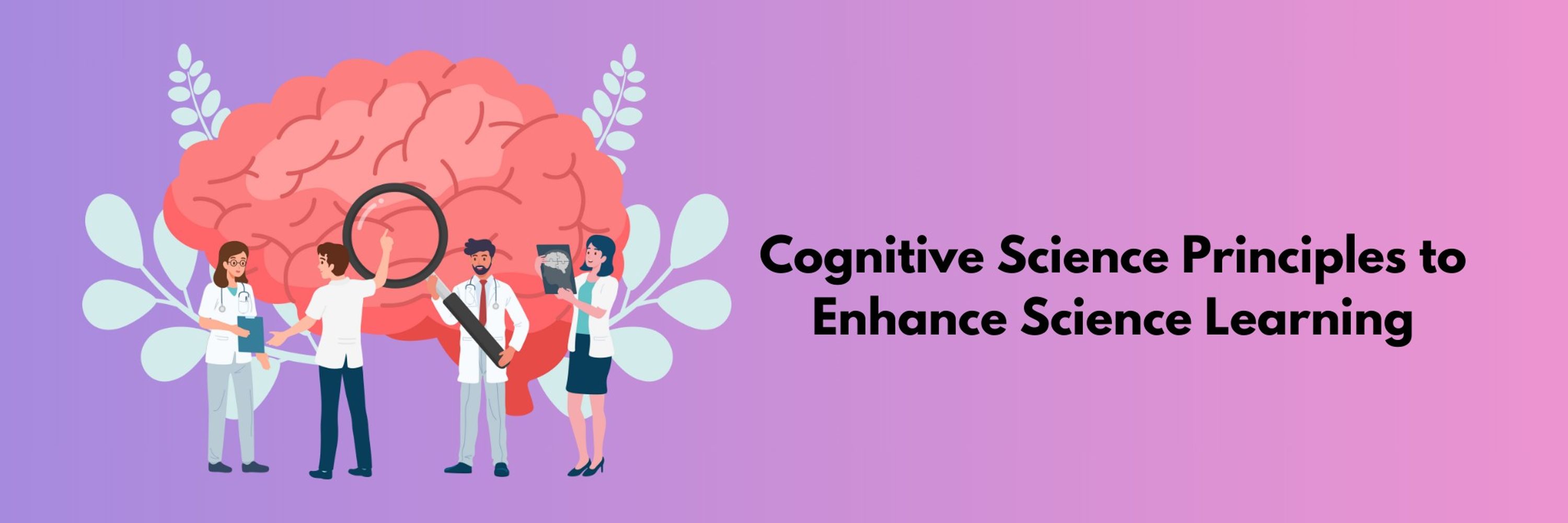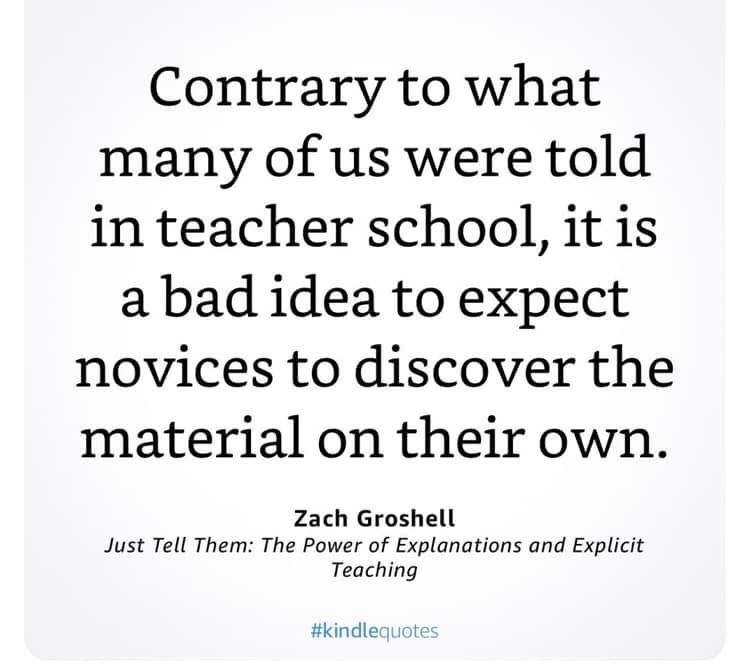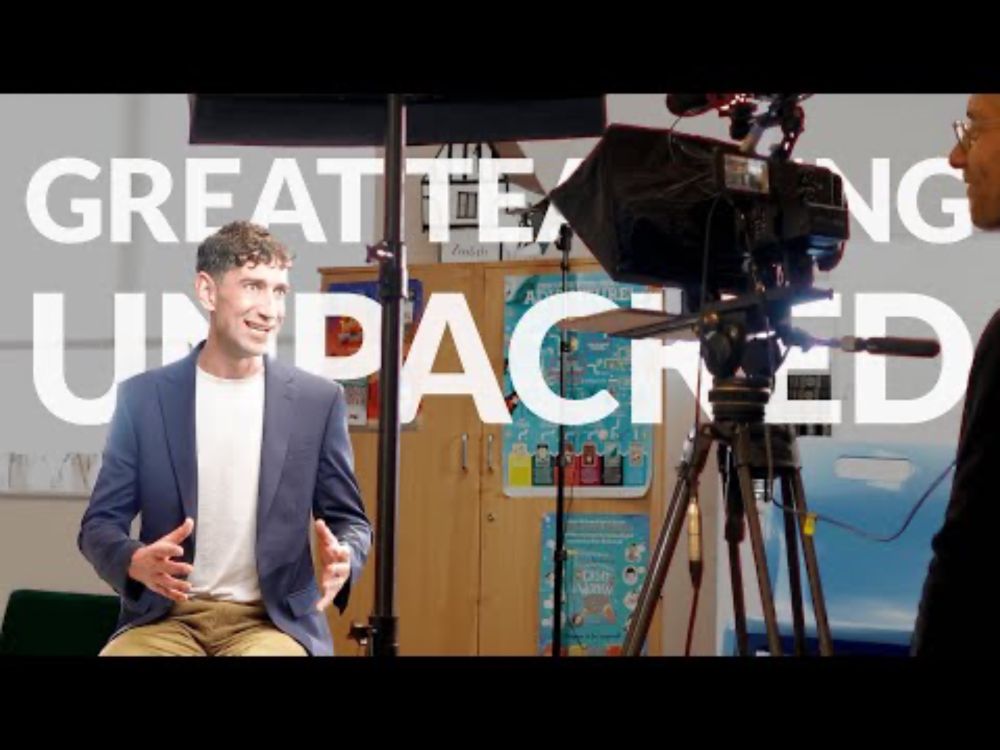Ms. Sam
@scientistsinthemaking.com
380 followers
300 following
71 posts
10th Year High School Science Teacher | Applying Cognitive Science 🧠 to Science Learning 🧪
www.scientistsinthemaking.com
Posts
Media
Videos
Starter Packs
Pinned
Ms. Sam
@scientistsinthemaking.com
· Nov 16
Reposted by Ms. Sam
Reposted by Ms. Sam
Reposted by Ms. Sam
Alex Quigley
@alexjquigley.bsky.social
· Jan 24
Ms. Sam
@scientistsinthemaking.com
· Jan 24
Ms. Sam
@scientistsinthemaking.com
· Jan 24

Teaching Organization: The Hidden Curriculum Every Student Needs - Scientists in the Making
Discover a powerful folder system designed to keep students organized, reduce clutter, and enhance focus in the classroom. Ideal for teachers wanting to improve student organization, minimize lost ass...
scientistsinthemaking.com
Ms. Sam
@scientistsinthemaking.com
· Jan 24
Ms. Sam
@scientistsinthemaking.com
· Jan 24
Ms. Sam
@scientistsinthemaking.com
· Jan 24
Ms. Sam
@scientistsinthemaking.com
· Jan 24
Reposted by Ms. Sam
Reposted by Ms. Sam
Juan José López
@jjlopezo.bsky.social
· Dec 30
Reposted by Ms. Sam
Blake Harvard
@blakeharvard.bsky.social
· Dec 30

5 Reasons My Class Begins with Retrieval Practice (Almost) Daily - The Effortful Educator
For the past six or seven years I have started my class (almost) every day the same way…with retrieval practice. This is usually a quick review of information covered from the last class meeting or of...
theeffortfuleducator.com
Ms. Sam
@scientistsinthemaking.com
· Dec 20

ChoralosophyThe home for content and extra material related to the Choralosophy Podcast with Chris Munce!Episode 228: Skip the Education Fads and Stick With What Works with Marcie Samayoa
Fads like “learning styles,” “restorative justice,” “inquiry based learning” and more, versus Cognitive Load Theory, Explicit Instruction etc. Marcie SamayoaR…
bit.ly
Ms. Sam
@scientistsinthemaking.com
· Dec 18
Ms. Sam
@scientistsinthemaking.com
· Dec 18
Ms. Sam
@scientistsinthemaking.com
· Dec 18
Ms. Sam
@scientistsinthemaking.com
· Dec 18












